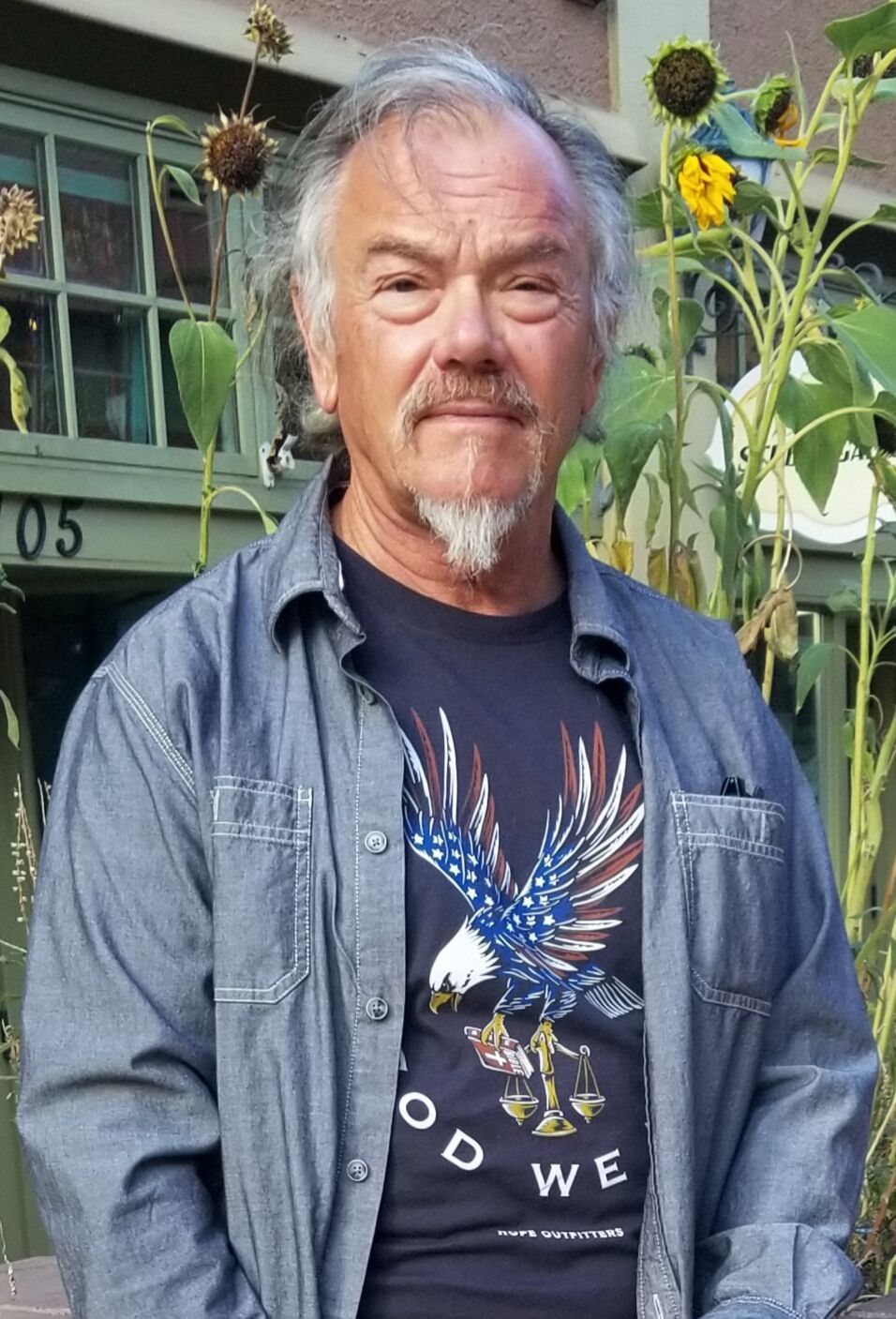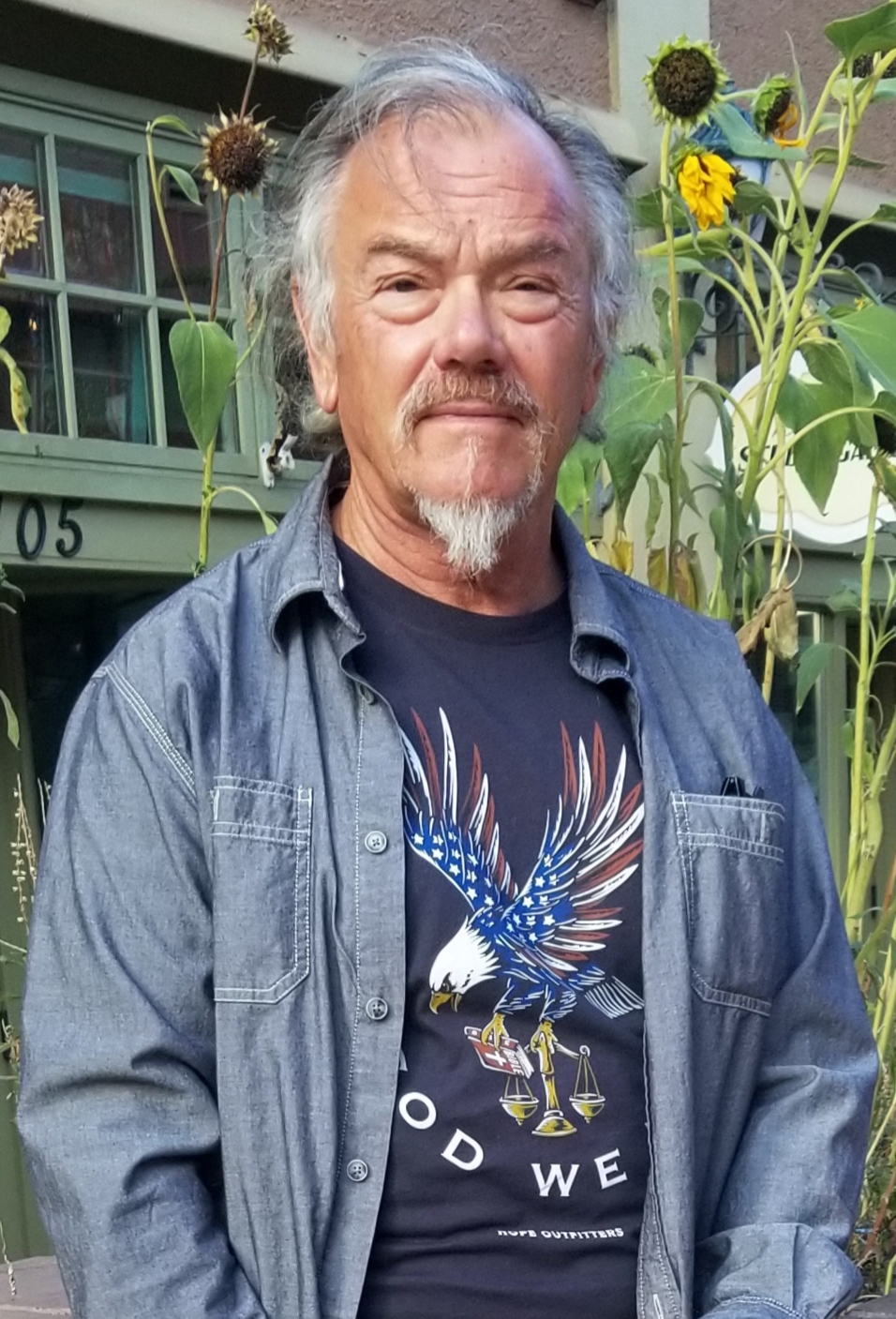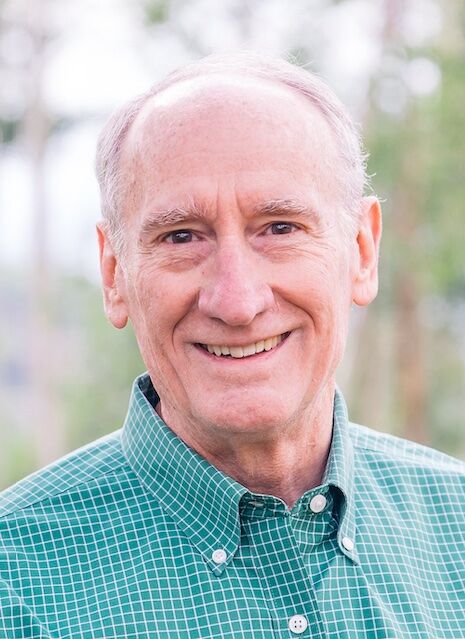The Colorado River problem is easy to solve


On June 22 the federal government issued a mandate to the seven Colorado River states: give us a plan or in 60 days we will begin rationing water. Day 60 was Aug. 20. No actionable plan was delivered. The key word is, as usual, “actionable.” The upper Basin states delivered a plan, which was in keeping with all previous plans: it recommended actions rather than require them. To be fair to these four states (Colorado, Wyoming, Utah and New Mexico) consume only about one-third of the water coming from the river system’s average annual volume.
General Zebulon Pike arrived in Colorado in late 1806 and dismissed the region as an arid wasteland. Sixty-three years later (1869), John Wesley Powell completed the first float trip down the untamed Green and Colorado Rivers. Ten years later, Powell wrote a reported titled, “A Report on the Lands of the Arid Regions of the United States.” One event that motivated his report was the 1862 Homestead Act, which gave 160 acres to new settlers. His major concern was water. Of course, Congress ignored Powell because the railroads were whispering in their ears. But this is all now water down the river.
As I write, the city of Santa Fe, New Mexico is hosting a symposium on the Colorado River, sponsored by a California nonprofit called the Water Education Foundation. Not surprisingly, there is also a conference for lawyers interested in water rights litigation. In an earlier article, I identified the two root causes of our water issues: politics and people. In anticipation of zilch of value coming from the aforementioned symposiums, I would like to offer our politicians, bureaucrats, academicians and, most importantly, the voting public the only solutions that will solve the problem.
First, some quick facts: The entire southwest United States is dependent on snow-melt from the Rockies. Fortunately, snow-pack and total precipitation has been dependable in Colorado for the past 100 years. Contrary to the scaremongers from NASA, the National Weather Service, academia and the mainstream media, the long-term average maximum temperatures across the region are not dramatically increasing. In fact, since 1931, Colorado’s average maximum has decreased 2 degrees Fahrenheit. Temperature and precipitation go up and down based primarily on the El Nino/La Nina Pacific Ocean cycles. Climate change is of course occurring as it always has, but these changes also go through cycles. Human caused CO2 has an impact, but honest science indicates it is minimal.
The second root cause of the regional problem is people. Remember, in the early 1900s the southwest was inhospitable. Life cannot exist without water, thus in the old days the people resided along rivers and streams. Hoover Dam was completed in 1936 creating Lake Mead. Glen Canyon Dam was completed in 1964 with the filling of Lake Powell ending 16 years later. In 1983, record snowfall in the Rockies almost compromised Hoover Dam. Since 1970, the populations of the downstream cities of Los Angeles, San Diego, Las Vegas, and Phoenix have added more than 15.5 million people. Irrigated agriculture, however, consumes approximately 80% of annual streamflow, but the irrigated acreage has been static for decades. The difference is population growth. OK, to the solutions.
Manage demand with increased water prices now. The lower basin consumes 65% of the flow, and thus they should increase per-capita and business water cost in line with their demand – no loopholes. This will force conservation.
Irrigated agriculture should also pay more but these increased costs should be phased in over five years to allow for the businesses to adjust. The agricultural costs should start with a 10% increase, evolving to a maximum increase from the 2022 baseline cost which is 40% under the residential costs. State governments, mainly California, should buy-out 20% of irrigated farmland and allow it to return to its natural state forever. In return, they can keep the water they save.
These two actions may solve the problem in the short term, but they are not enough – remember the politics factor.
There should be a “no exceptions” moratorium prohibiting residential and commercial development throughout the seven state region implemented immediately. No new developments break ground for a period of at least four years. Water cost increases must be implemented and given a chance to work. We are short of water now, the last things we need is more people.
These three points will better incentivize the bureaucrats and politicians to implement a viable, science-based management plan. No wishful thinking or kicking the can down the road.
Roy Johnston is a retired university professor who holds a Ph.D. in plant science and genetics. He is also a retired corporate executive.










